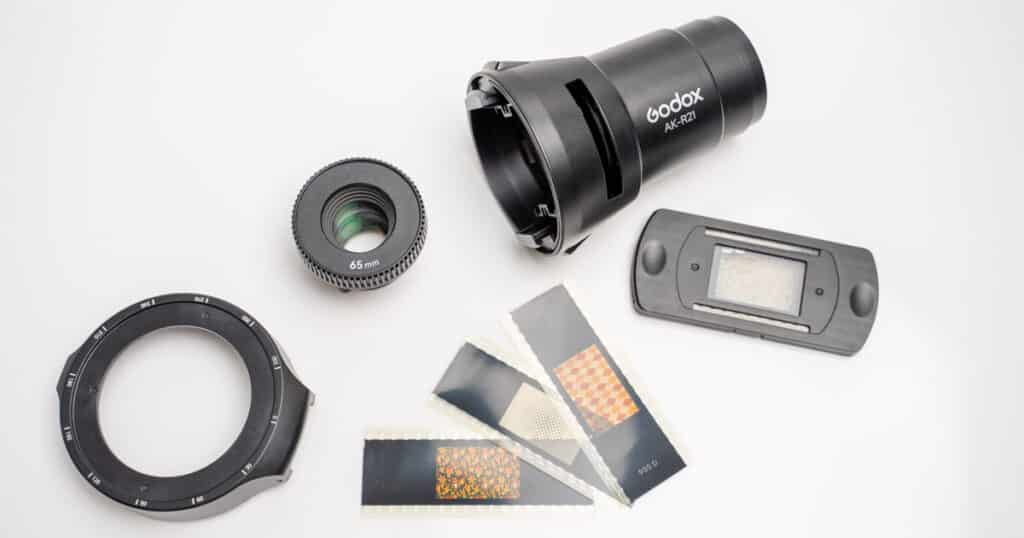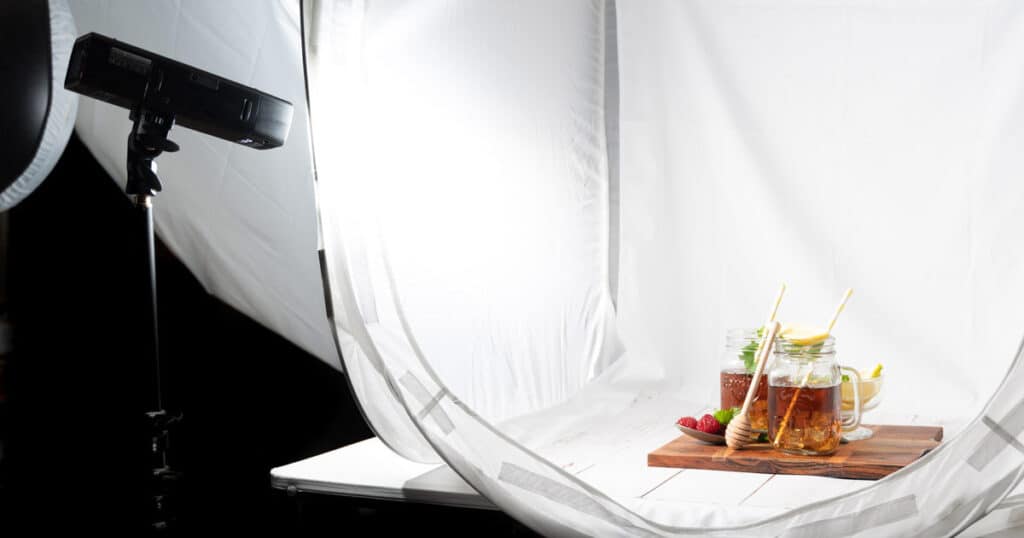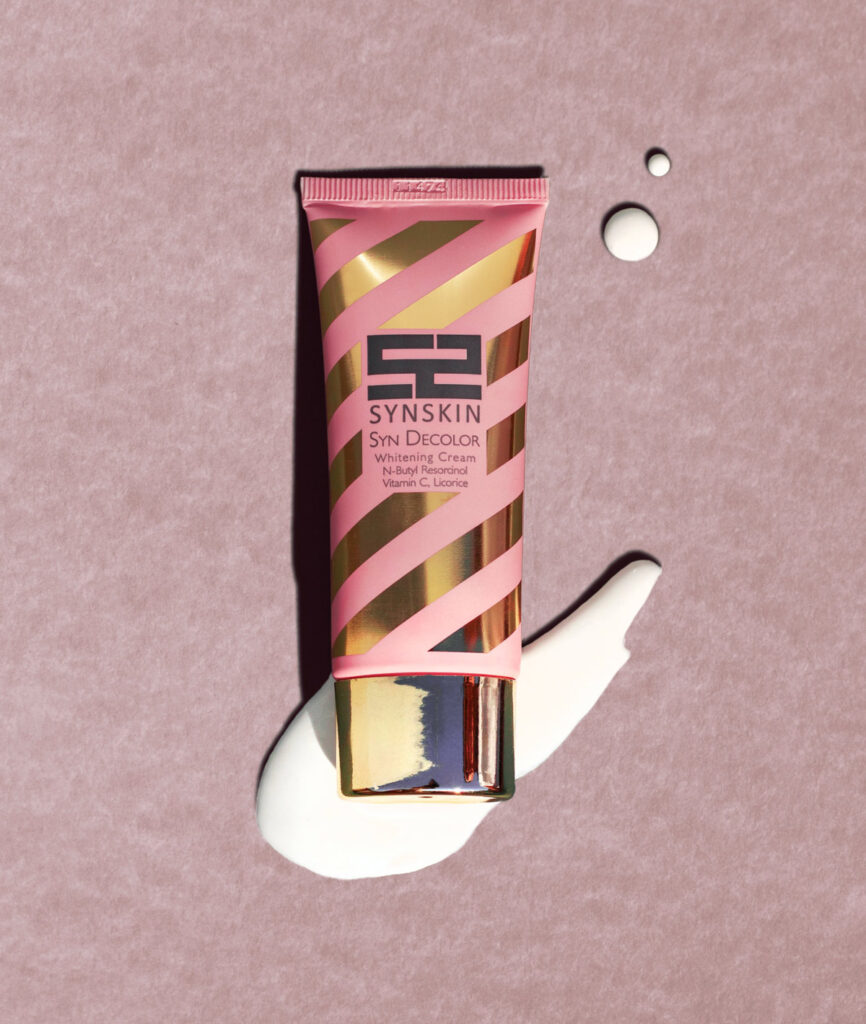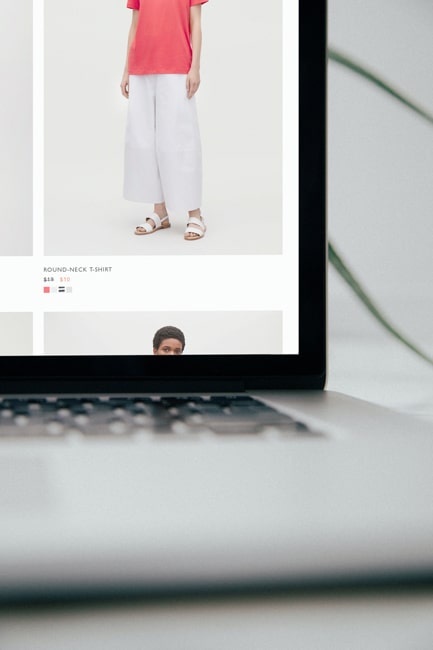Product Background refers to the surface against which a product shot is taken. Choosing the right color for a product highlights the product, convinces the buyers, and increases sales.
While choosing a product photo background, consider the product color, size, shape, use of models, photography light, and commercial use cases. After that, try using every backdrop you have available. Shoot tethered to review firsthand if the colors bolster the product.
Professional product photographers understand clients’ reasons. Most of the time, they use what’s available as photography backdrops. Paper, cloth, tiles, woodboards, canvas, etc, are mainly used as a popular product photography backdrop. When the product image background needs to be changed after the photo shoot, they mostly rely on photo background service providers.
What you’ll learn in this article
1. Know Your Why
Choosing the right background impacts the highlighting of products and drives customers to online stores. Products that look better change consumers’ perceptions and contribute to conversion. Professional product photographers use different photography backdrops to bring out the best look of products for the following reasons.
- Drawing attention to the product
- Preparing images for online marketing and promotional activities
- Highlighting the product’s features and benefits
- Creating compelling visuals to assist brands in building identity and recognition
- Standing out in the competition to drive more traffic to the stores
- Improving the product’s click-through rate and sales through high-quality photos
2. Think of the Budget
Product photography backdrops price starts at as low as $1 and goes as high as $50 or more. As backdrop pricing varies based on quality, material, and size, consider your budget beforehand. Purchasing cardboard or paper is an affordable choice for shooting products. Pricey backdrops for product photography include seamless papers for a professional look, muslin for durability and washability, and canvas for longevity and a realistic look.
3. Take Note of Photography Setup
Your client’s requirement would determine what type of photography setup you create. Keeping the setup in mind, consider the product’s color, shape, size, and material to decide the background that complements and highlights products.
Consider the Product’s Color

Product colors will give you a vibe of the background you should choose. To understand colors that would match the product, use a color wheel chart.
- While shooting a dark-colored product, a light or contrasting color background, such as white or light grey, will make it stand out, and vice versa.
- Use the same color or similar shades of the product’s color to create an artistic composition.
- Use a neutral or earthy background color, such as beige or brown, when you are photographing products with a vintage or rustic feel.
- Capturing modern or trendy products shines bright on a bold and bright background, such as red or blue, which may be more appropriate.
- During lifestyle commercial photography or outdoor product shooting, take advantage of natural settings.
- When you find none, use a blurred or bokeh background.
Consider the Products’ Size & Shape
Backgrounds vary depending on the product you are shooting. Small and miniature objects, such as jewelry product photoshoots, work best on compact backgrounds, such as vinyl or textured surfaces. Large products such as furniture photography, car photography, or clothing photography need clean and wide backdrops.
Decide on Models

Models’ performance heightens product demand as people see convincing use cases. Model photography influences a brand’s promotion and marketing goals. Having models impacts the background a lot, as the photography setup should accentuate both the products and the models.
Pay Attention to Photography Lighting
Product photos need professional lighting to match e-commerce product listing guidelines, paid advertising, and online marketing. Having the right lighting setup for products works best when the background supports it. While choosing the background for your product, consider the following matters.
- Dark colors absorb the light beam.
- White background or light colors reflect the light beam. While using a light-colored background, take note of creating natural shadows for products.

- The e-commerce product background calls for even and continuous lighting.
- Social media and other advertising platforms use a creative lighting setup.
Know the Commercial Intention of the Photos
Knowing the intended use of the photo affects the background of the products. Social media allows creative composition for photography, whereas e-commerce platforms have strict product listing guidelines that every seller must follow. A website, catalog, or print advertising will follow different requirements for product background. The potential use cases would help decide the type of effective background for products that capture viewers’ attention.
4. Explore Every Backdrop Option to Shoot Products
Depending on the product, the brand’s guidelines, and the intended use of the photo, popular backdrop colors for product photography include white, black, gray, and light pastel colors, and natural and artificial backdrops. Creative background includes a combination of several backdrops through photography editing software.
Recommendations From Client’s Brand Colors
Use brand guidelines as a roadmap to decide the background. Renowned companies such as Coca-Cola and Cadbury have distinctive colors that make them recognizable. Work with the color palette of the client’s brand and how it can be incorporated into the product photos. This approach would create a cohesive and recognizable look across all your product images.

Products on White Background
White is a powerful color that emphasizes every product regardless of its size, shape, color, or materials. It offers a clean, consistent, minimalist, and professional look. Shooting products on a white background allows you to replace it with another background as well.
Using Colored Backgrounds

Colored backgrounds in product photography add depth, context, and interest to the image. Choose colors that complement the product; for example, pastel colors can add a sense of playfulness and fun, while darker colors can create a sense of sophistication and luxury. Searching a bit about color psychology here gives you the advantage of the background not overpowering the product. Widely known color psychology includes the following.
- Green is often associated with health and nature,
- Blue is associated with trust and professionalism
- Luxury is also often associated with golden or black colors.
Shooting Textured Backgrounds

Textured backdrops for photography refer to wood, tiles, concrete, paper, fabric etc. Shooting on a textured background creates a feeling of familiarity and resonance about the products in real-life settings. A textured background works well to create a unique visual identity for the brand.
Photographing Against Neutral Color Backdrops
Neutral colors as a photography backdrop are a safe and effective approach. Neutral colors provide a minimalist, distraction-free, and standard look for products. Product photos on such a background are usable in almost all sales channels.
Trying With Publishing Platforms Requirements

To create a product listing for e-commerce, follow e-commerce guidelines. Different platforms have different display options and limitations. The product background for Shopify images would differ from that of the Amazon product images. Product images on social media platforms such as Instagram or Pinterest have more freedom to experiment with different background colors.
5. Shoot Tethered for Review
Connect your camera with a computer or tablet to view and examine the photo, whether the background is effective with the setup, and highlight the products. By checking the images in real-time, you assess the whole picture and how the background interacts with the photo. You can promptly decide to proceed or swap the background.
How Does Color Affect a Product?
Colors impact consumer perception and purchasing decisions by evoking different emotions and associations. Warm colors are associated with energy and creativity, cooler colors are associated with calmness and relaxation. Highly contrasting or saturated colors provide good visibility, while pastel or muted colors may appear washed out. Choose the color that highlights and empowers products.
What Color Background is Best for Taking Product Images?
The color background that is best for taking images is decided by the product’s color, texture, intended use, brand guidelines, and the target audience’s preferences. Color similarity, contrast, and composition—works well depending on the product setup and purposes.
What Background Color Works Best for Product Photography and Sales?
The best backdrop for product photography is white, universally used for clarity, a professional, and a minimal look. Even so, determine the best color for the product background by product types, colors, brand guidelines, and publishing platforms.
White backgrounds bring the most sales for e-commerce as they display products without distraction, hold viewers’ attention, and convey the brand message effectively.
Why Do You Need a White Background for Product Photography?
A white background provides a clean and consistent look that allows the product to stand out without distractions. It also allows for easy editing and cropping of the image, making it adaptable to different platforms and formats. However, some products may benefit from a different background color or texture to enhance their features and create a sense of environment or context.
How to Change Product Image Background Colors After the Photo Session?
There are 2 ways to change product image background colors after the photo Session: doing it manually and outsourcing.
Learning Photoshop comes in handy if you want to do it firsthand. By searching online, you will find tutorials on ‘how to change background color in Photoshop’. Follow the provided steps there to swap the background color. Outsourcing professional background removal services is a reliable, fast, and commercial-grade solution to change backgrounds for product images. Professional photographers, e-commerce store owners and sellers, online shop owners, and advertising and marketing agencies outsource to reliable companies to ensure quality, precision, and the best look for product images.

